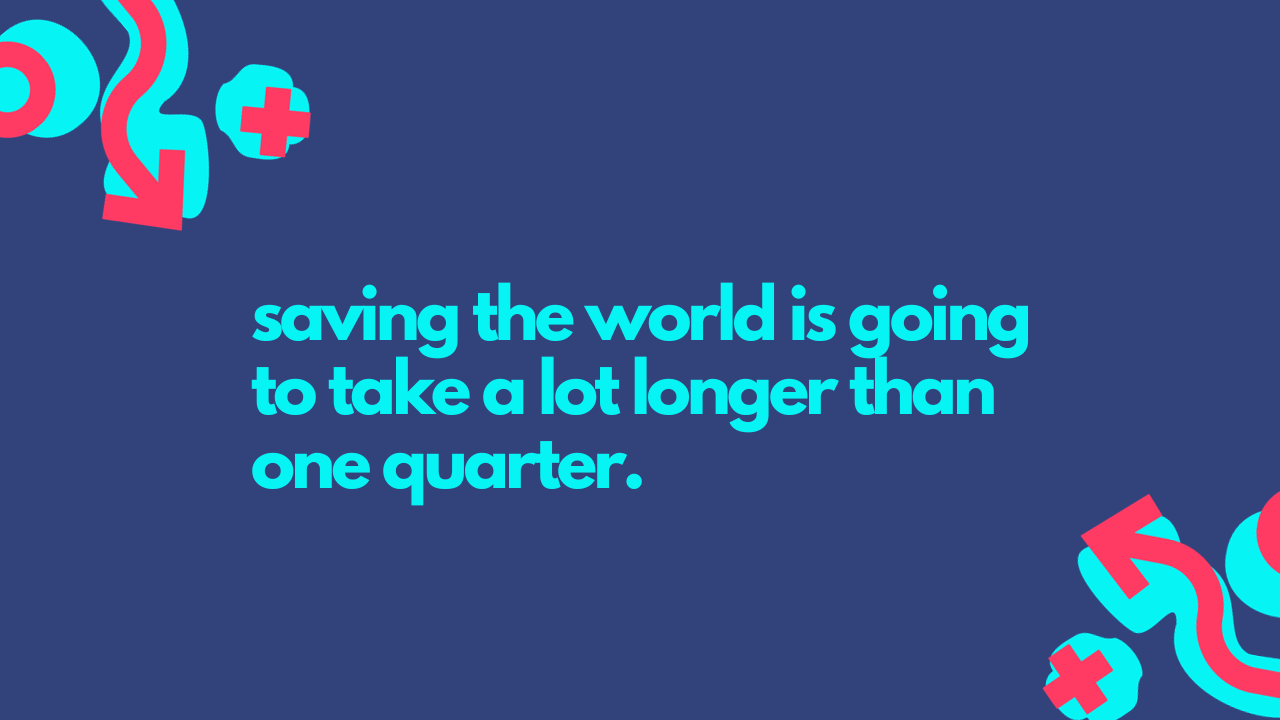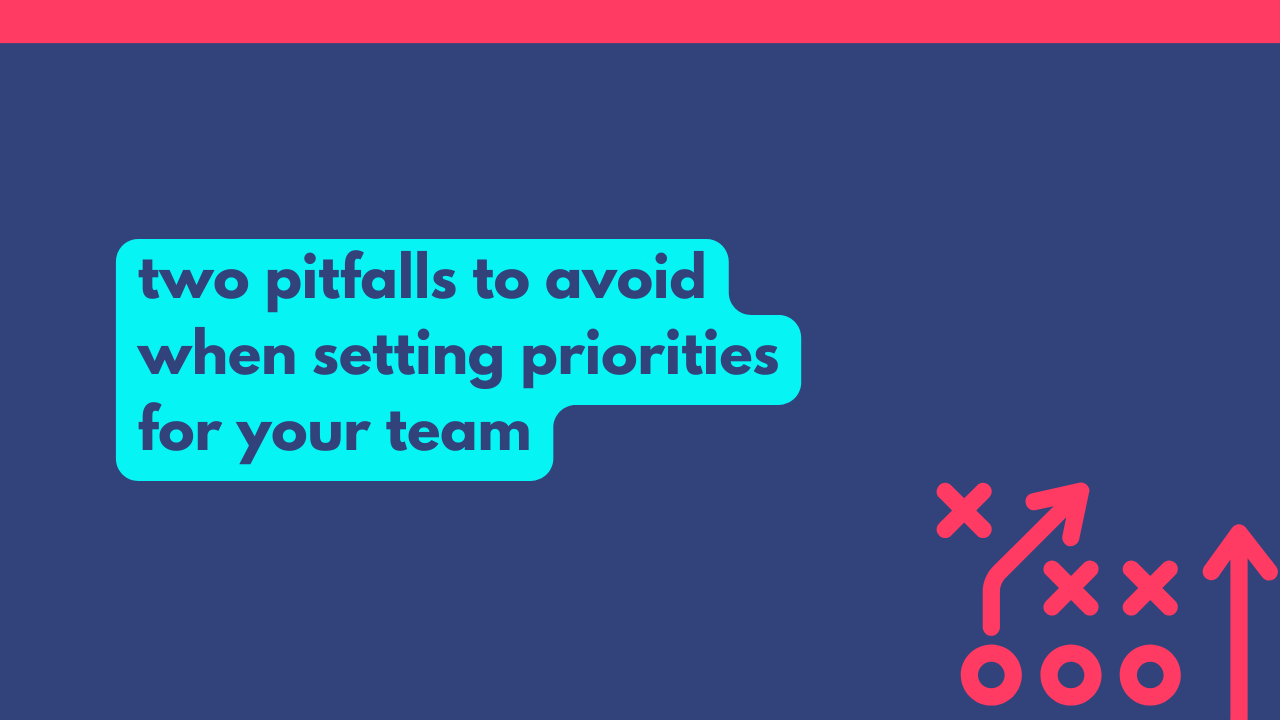As the end of 2023 approaches, I’ve started speaking with my clients about setting priorities for the rest of the year. 2024 is coming up faster than we think, and as we hurtle toward a new year, we want to start zeroing in on what we want to complete before 2023 is over.
Unfortunately, when we talk about setting priorities, we often fall into two different traps that prevent us from getting clear about them. This is why setting priorities is one of the first places I start when we dive into the Ops Playbook program for your business.
It’s incredibly important that we get everybody on the same page with our team priorities because this is how you shift to having your team take an active role in growing your business.
Listen on Apple | Listen on Google | Listen on Spotify
Too Many Priorities, Too Little Time
One of the most common mistakes I see managers make when setting priorities is having too many priorities.
This problem usually comes about because as business owners and managers, we are uniquely suited to see the importance of every task we set in front of our team. All things are important for the business—all things are critical. But by definition, setting priorities means choosing one or two of the most important things to get done—not the entire list!
In addition, we lose credibility with our teams when we have too many priorities on the table. Particularly in the corporate world, where there are very strict deadlines set in place, once our list of priorities gets that long, our team will quickly realize they can’t complete every item on that list.
When they see that, our credibility as leaders will drop, because we’re asking them to do the impossible.
Now, this doesn’t mean we can’t have stretch goals. It doesn’t mean that we can’t reach for the stars and push to get as much done as we can. But when team leadership is saying, “Hey, we’re going to get it done no matter what. These are all must-dos,” even when we know it’s impossible…the accountability starts to chip away.
You don’t want to end up in that situation. You want your team to be able to be open and honest about what can be done and what can’t be done in the span of time that you have; you don’t want them to think that you as a manager are so out of touch with reality that they can’t bring up concerns.
So when we think about setting priorities, we want to narrow it down to one or two things that we can rally around and then go from there.
Get Specific
However, the more common issue I see with setting priorities is when companies set priorities that are very, very vague.
There’s a difference between setting priorities and choosing vision statements. A vision statement is more about stating the company’s guiding principles or overall mission; it’s not meant to be used as a priority.
Priorities have to be concrete. When the priority for our team is something vague like “Save the world,” “Save billions of lives,” or “Help billions of people,” your team won’t connect to that.
They might care about that cause. They might wish they could do those things. But those vague statements don’t tell your team members what they need to focus on. They can’t see how their roles connect to completing those tasks.
If you tell the social media manager the company’s priority is ending world hunger, they’re going to go, “I’m creating posts. I’m creating copy and figuring out what hashtags to use. I don’t know what that has to do with ending world hunger.”
Not only can they not connect, but that kind of goal doesn’t feel attainable. Saving the world is going to take a lot longer than one quarter.
Instead, when we think about setting priorities, we can use them to anchor back to our company’s mission—but they have to be more specific.
So, we start with our values. We start with our mission. Then we start setting priorities that support that vision.
Priorities should be SMART goals: specific, measurable, attainable, relevant, and timely.
When we get specific about our goals, our team members can see how their job connects to achieving that thing. They can see their part in the path that leads to success.

Start Prioritizing the SMART way!
So, these are the two biggest challenges that I see when I work with folks on priority-setting goals. And when we make the shift from priorities that are numerous and vague to having one or two that are grounded in the SMART goal framework, your team can get rallied around it.
If you want support in figuring out your priorities for your business and how to connect the dots between those priorities and each team member’s individual role in achieving those goals, let me know.
This is a huge part of the Ops Playbook; it can get everybody on board with seeing their individual role in growing the business right away, and it can be transformational for bringing in new revenue, bringing in new clients, and saving you so much stress. Visit the link to my website below to get started!
WORK WITH LIA:
Want a checklist of things you can do THIS month to become a better manager? Check out my Thriving Team Scorecard for a list of quick actions you can take right away with your team: liagarvin.com/scorecard
Book a FREE scaling strategy consultation with yours truly: calendly.com/liagarvin/scaleup-strategy?back=1&month=2023-08
Join the MANAGING MADE SIMPLE HUB, a membership community for team leaders and small business owners. This is your one-stop shop for building effective, motivated, & profitable teams: https://www.liagarvin.com/hub
CONNECT WITH LIA:
Website: https://www.liagarvin.com/
Instagram: https://www.instagram.com/lia.garvin/




